- News
-
-
-
-
-
Latest News Articles
- WSB: Study tests accuracy of thermal drone surveys April 26, 2024
- Computer model explores Tribal use of fire for ecosystem health April 26, 2024
- 2024 TWS Elections: Southwest Representative April 25, 2024
-
-
-
- Wildlife Professional Resources
-
- Our Network
-
- PUBLICATIONS
-
-
Recent Posts
-
 The Wildlife Professional November/December Issue
November 1, 2023
The Wildlife Professional November/December Issue
November 1, 2023
-
-
-
-
-
-
- Wildlife Events
-
-
-
Upcoming Webinars
- No Events
-
-
-
- Who We Are
-
Category: TWS Wildlife News

February 27, 2017
JWM study: Low-quality marine habitat impacts murrelet
Dubbed “the enigma of the Pacific” until ornithologists finally tracked down its nest in the 1970s, the marbled murrelet (Brachyramphus marmoratus) is a seabird that forages by the coast and...

February 21, 2017
JWM study: Where Maine’s montane amphibians breed
In the mountains of Maine, where spotted salamanders (Ambystoma maculatum) and wood frogs (Lithobates sylvaticus) breed in temporary vernal pools, they depend most on ponds that stay wet for longer...
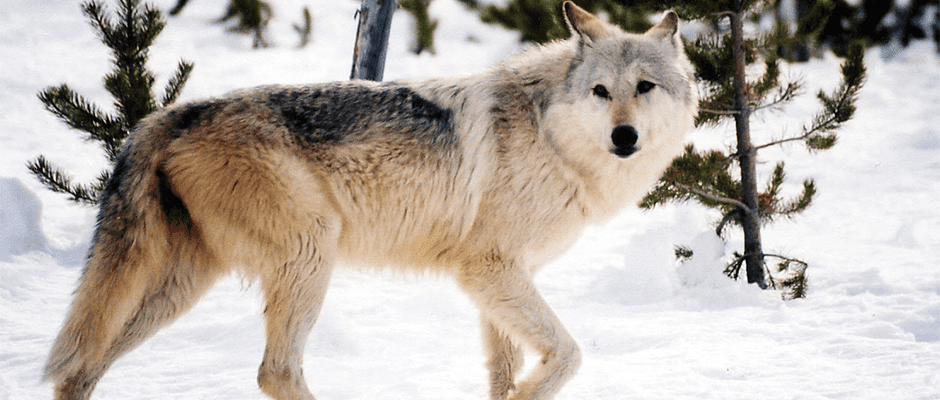
February 21, 2017
British Columbia may expand aerial wolf removals
On Feb. 1, Premier Christy Clark announced the British Columbia government’s major investment in a comprehensive caribou recovery program which builds on existing efforts, like a five-year grey wolf removal...
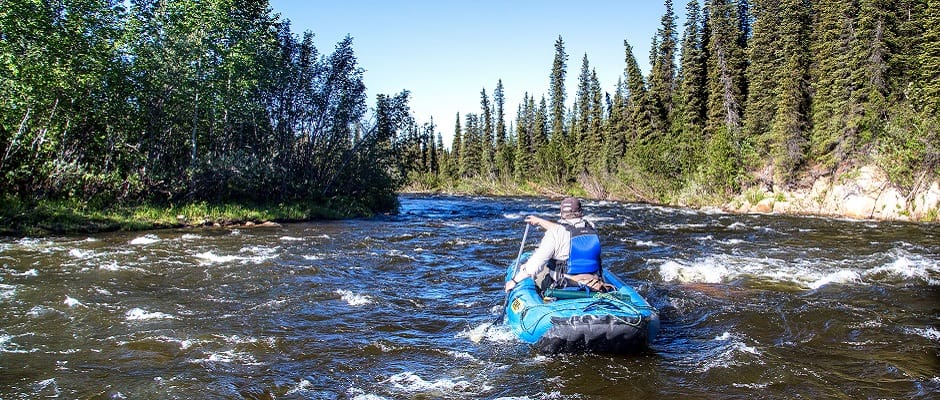
February 17, 2017
Deregulatory measures advance in Congress
Congress continues to utilize its authority under the Congressional Review Act to overturn federal environmental rules issued late during the Obama administration. President Trump signed H.J. Res. 38 on Feb....

February 16, 2017
JWM study: Off-highway vehicles encroaching on kit fox habitat
Come wintertime in the Southwest, a flurry of recreationists hit the desert trails on dirt bikes, in four-wheel-drive vehicles and on all-terrain vehicles. But recent research demonstrates that this popular...

February 15, 2017
JWM study: Sterilization reduces foaling rates of feral horses
Researchers found using a combination of spaying and vasectomies can be an important management measure for reducing the number of feral horses that are causing widespread damage to habitats and...
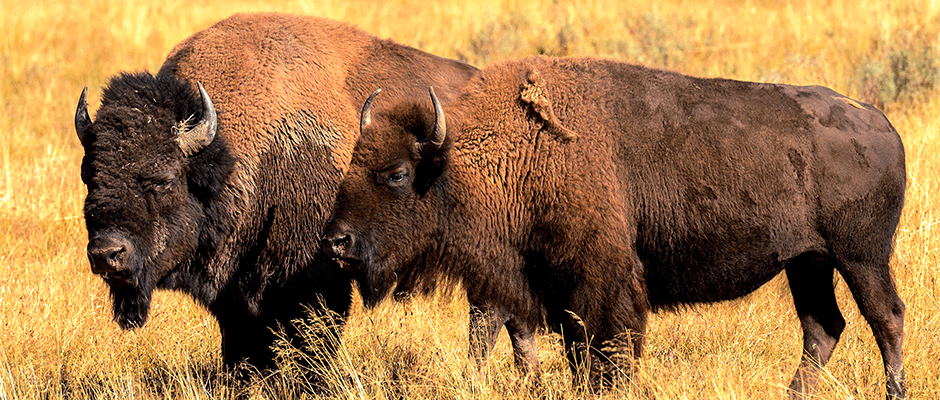
February 15, 2017
Yellowstone’s annual bison cull is underway
Yellowstone National Park has begun this winter’s bison cull, an annual event intended to help maintain an ecologically sustainable population of American bison (Bison bison) within the park and to...
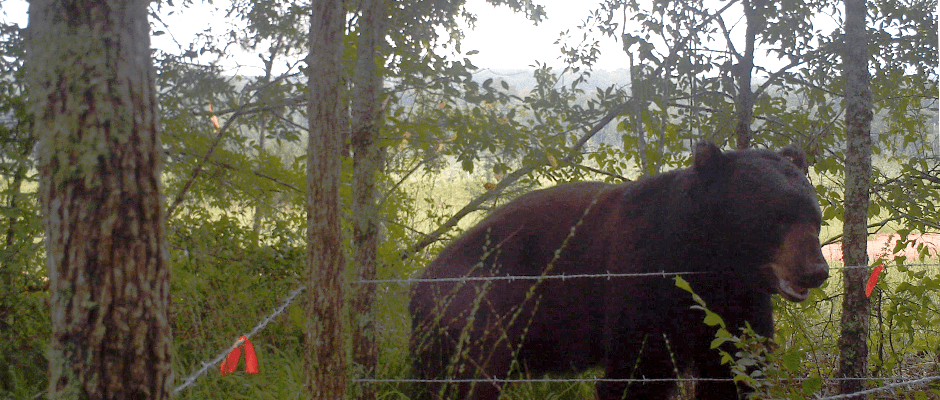
February 14, 2017
Student research project: Monitoring Georgia black bears
A small black bear population (Ursus americanus) in central Georgia appears to be relatively stable, and more bears are found in upland habitat filled with pines and other plants, according...
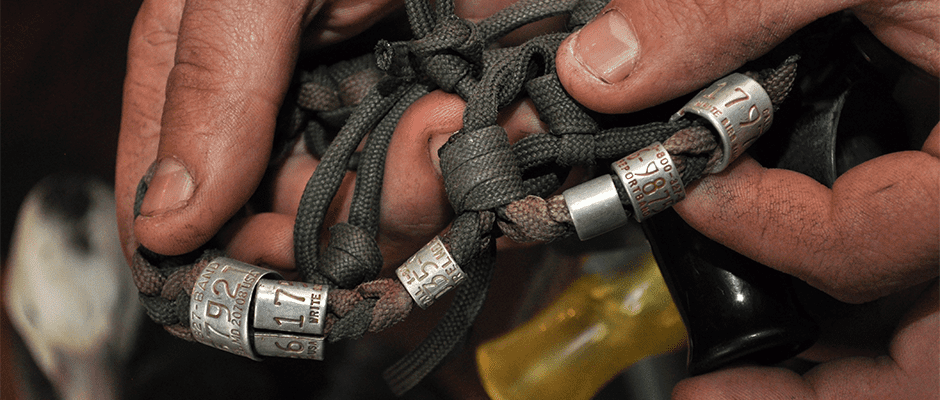
February 13, 2017
Bird bling contributes to waterfowl management
With a cobalt blue, cloud-filled sky overhead, Sacramento Fish and Wildlife Office Biologist Vincent Griego set out on a 30-minute bumpy ride through the prairies of Saskatchewan, Canada — just...

February 8, 2017
Sniffing out shrubs’ significance for endangered lizards
Endemic to California’s San Joaquin Valley, the blunt-nosed leopard lizard (Gambelia sila) has been fighting extinction for the last half-century. With a little assistance from a team of scat-sniffing canines,...

